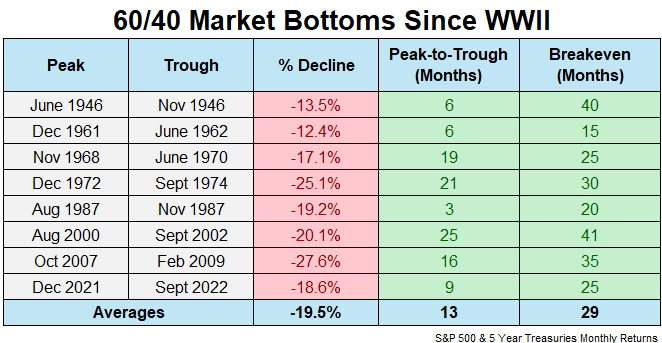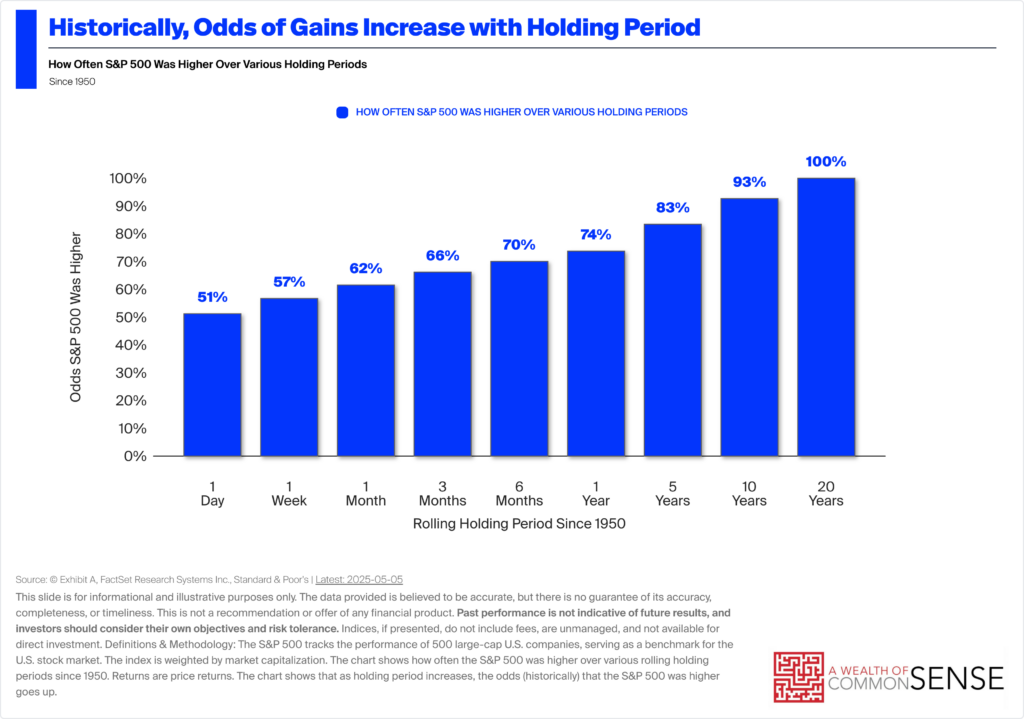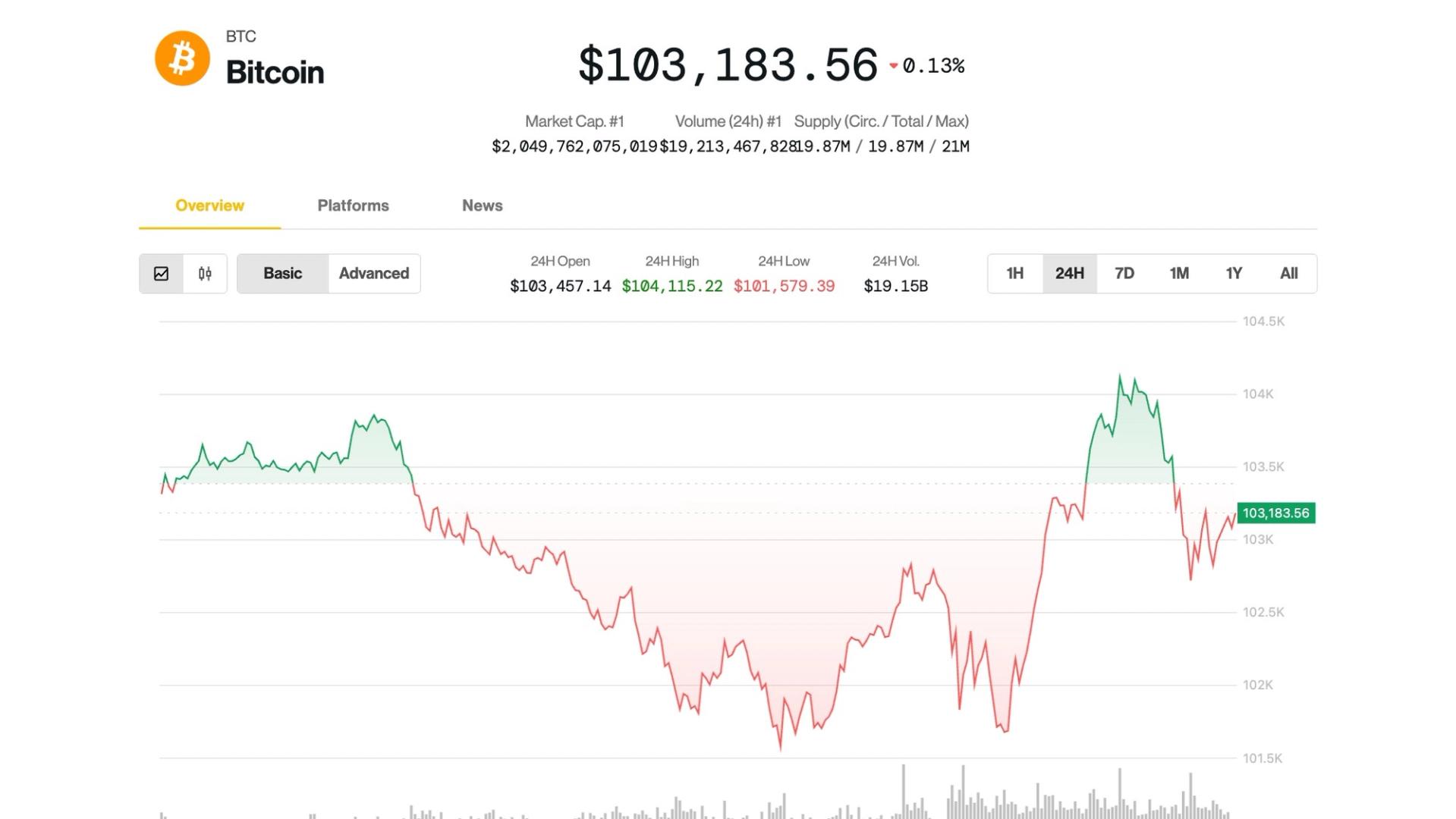Remote employees are lonelier, sadder, and angrier, survey finds
Fully remote work may be worse for your mental wellbeing.

Return-to-office mandates are becoming the norm for many companies. Amazon, JPMorgan Chase, and AT&T are just some of the big names pulling workers back into the office in the post-pandemic era, leading to pushback from employees and debates about whether or not RTO is the right move not just for productivity, but overall worker well-being.
Remote work does have its perks, though. With benefits like saving time without a commute, being more productive without office distractions, greater flexibility, cost savings, and finding balance for family obligations, remote and hybrid work is undoubtedly appealing.
The latest State of the Workplace report from Gallup, however, reveals that fully remote work might not be ideal for employees’ mental health—and could leave them more distressed (regardless of income level, across all findings).
Remote workers are more engaged, but isolated
Fully remote workers reported higher engagement (31%) compared with hybrid (23%), on-site remote-capable (23%) and on-site non-remote-capable (19%). Gallup defines employee engagement as the enthusiasm felt for work and attachment to the team and organization. They speculate that remote workers may be more engaged because they have more autonomy in their work.
But that autonomy could come with a price. Fully remote workers reported being less likely to thrive in their life overall (36%), compared to 42% of hybrid workers and 42% of on-site remote-capable—but workers who were on-site non-remote-capable were least likely to be thriving, with only 30% reporting as such.
Gallup also found that remote workers reported higher rates of emotional distress, with 45% saying they experienced a lot of stress the previous day, compared to 39% for onsite remote-capable, 38% for non-remote-capable. Stress levels, however, were similar to that of hybrid workers (46%).
Additionally, remote workers reported the highest levels of anger (25%), sadness (30%), and loneliness (27%) compared to hybrid and on-site workers. For hybrid workers, 17% reported feeling anger, 21% reported sadness, and 23% reported loneliness. Levels of these negative emotions were similar for on-site remote-capable and non-remote capable, with both reporting 21% feeling anger, 23% and 22% reporting sadness, and 20% and 21% reporting loneliness, respectively.
“These findings suggest that being a fully remote worker is often more mentally and emotionally taxing than working on-site or working in a hybrid arrangement,” the Gallup report said.
The authors speculate that remote work could be increasing feelings of isolation with less camaraderie and social support from colleagues to help alleviate the stress of the workday. When you’re at an office, you’re able to share meals with coworkers, for example, which is linked to lower stress levels, feeling better at work, and even making healthier food choices.
Moreover, relying on technology at home can be frustrating, the report says. Trying to coordinate all communication and meetings through technology that doesn’t always cooperate can leave workers annoyed, while they may also have minimal access to tech support and resources at home.
The Gallup report also points out that while more autonomy at work can be favorable, it can also cause more stress, as remote and hybrid workers could be faced with fewer clear boundaries while trying to manage their time and workload.
For more on remote work:
- Gen Z and millennial workers would accept lower salaries in exchange for this one thing from their employers
- Workplace well-being is at an all-time low. Here are 5 ways employers can actually help
- Want to boost employee morale and productivity? Ramp up volunteering
This story was originally featured on Fortune.com
















































































































































































